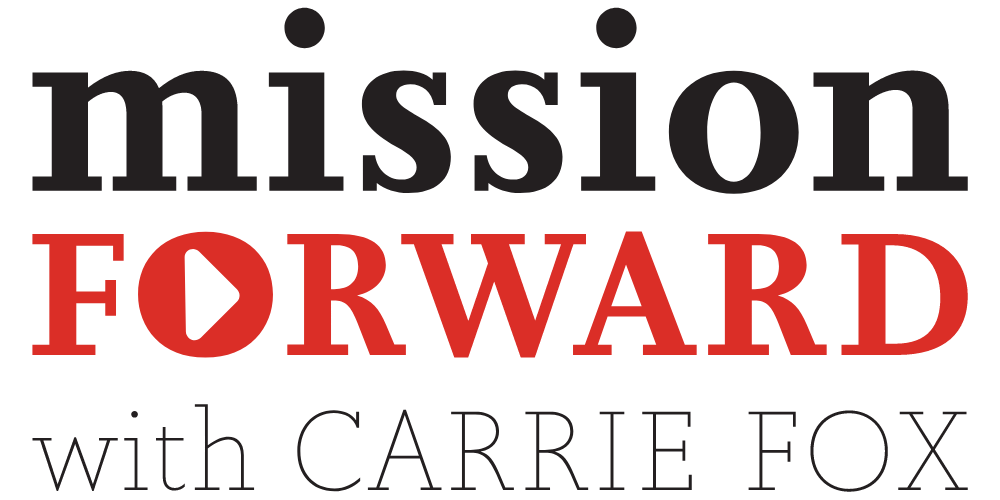Planting Seeds.
This article is part of Finding the Words, a newsletter that delivers practical insights on the day’s issues.
Earlier this year, while many of us were wintering, my daughter Kate decided to harvest a few seeds from her lunchtime apple. Kate is insatiably curious and wasn’t a bit deterred when she learned apples can be among the hardest fruits to grow. Nor was she discouraged when she learned it would take upwards of 10 years to realize the literal fruits of her labor. Rather, she took on her challenge with determination and grit.
Over many months, she tended carefully to those seeds, and she watched them transform from seeds to sprouts and now little trees that will soon be ready for planting in the yard.
What a wonderous process to see such possibilities sprout from a few tiny seeds.
Much like my daughter’s apple seed challenge, communicating effectively—and particularly through moments of transition— takes equal amounts of preparation and care.
The seeds we plant in our communications are no different from the seeds we plant in our gardens. With care and intention, our audience can best hear and process the information we need to share—and grow through the planned changes, too.
That said, not every seed sprouts, and sometimes even the most well-intentioned messages will miss on delivery. If your hard messages aren’t carefully planned out, then your audience may very well miss the message you need to deliver, hear the wrong message, or end up frustrated as they try to figure out what you’re “really saying.”
Let’s have a closer look:
Think for a moment about delivering a hard message to a colleague. Perhaps it is news of a budget cut, a staff restructuring, a program adjustment, or a canceled event. Maybe you’ll miss a deadline, or you’ve made an error that needs to be addressed. In any of these instances, you have access to critical information well before your audience does.
You have had time to process the information and consider how you want to communicate it. Your audience, however, is hearing the hard news for the first time.
As a result, they aren’t likely to hear everything you’re saying as they try to catch up to where you are. If you want a message to land well, focus on meeting your audience where they are.
Here are a few ways that I plant seeds when preparing for an important message:
Start with a story. Just as I did with today’s post, priming your audience for what’s to come can help our brains follow along. Share an anecdote or story to help the audience ease into the message that you need to deliver.
Anticipate questions and concerns. Get ahead of any expected concerns by addressing them upfront in your communication—calmly, clearly, and empathetically. Consider likely questions and concerns, which can help you tailor messages to resonate with your audience and show that you care about them. Plus, addressing likely concerns in a calm and careful manner instills trust and supports your audience’s ability to hear you
Clear is kind. To ensure your message is clear and straightforward, avoid jargon or overly complex terms. The simpler the message, the easier it is to hear and remember.
Repetition is key. Without overdoing it, find ways to subtly repeat your core message throughout your communication to help it stick and give people the processing time they need to hear it.
Practice your delivery. As coach John Wooden said, “Failing to prepare is preparing to fail.” Draft your remarks and practice them aloud. Work on your tone, pace, and body language to ensure your messages come through effectively.
Follow up. No matter how effective your delivery is, some messages may still fail in execution, and people may still require additional processing time. Just as you would tend to a garden, check back in to ensure your audiences have heard the news, understand it, and feel prepared to grow through it.
Bottom line: Just as in gardening, delivering hard messages can be made more effective with preparation and care. Practice planting seeds to help your audience process information and support them in understanding important news. With time and attention, your audiences will hear just what you need them to, and they’ll grow through the news, too.
This post is part of the Finding The Words column, a series published every Wednesday that delivers a dose of communication insights direct to your inbox. If you like what you read, we hope you’ll subscribe to ensure you receive this each week.







